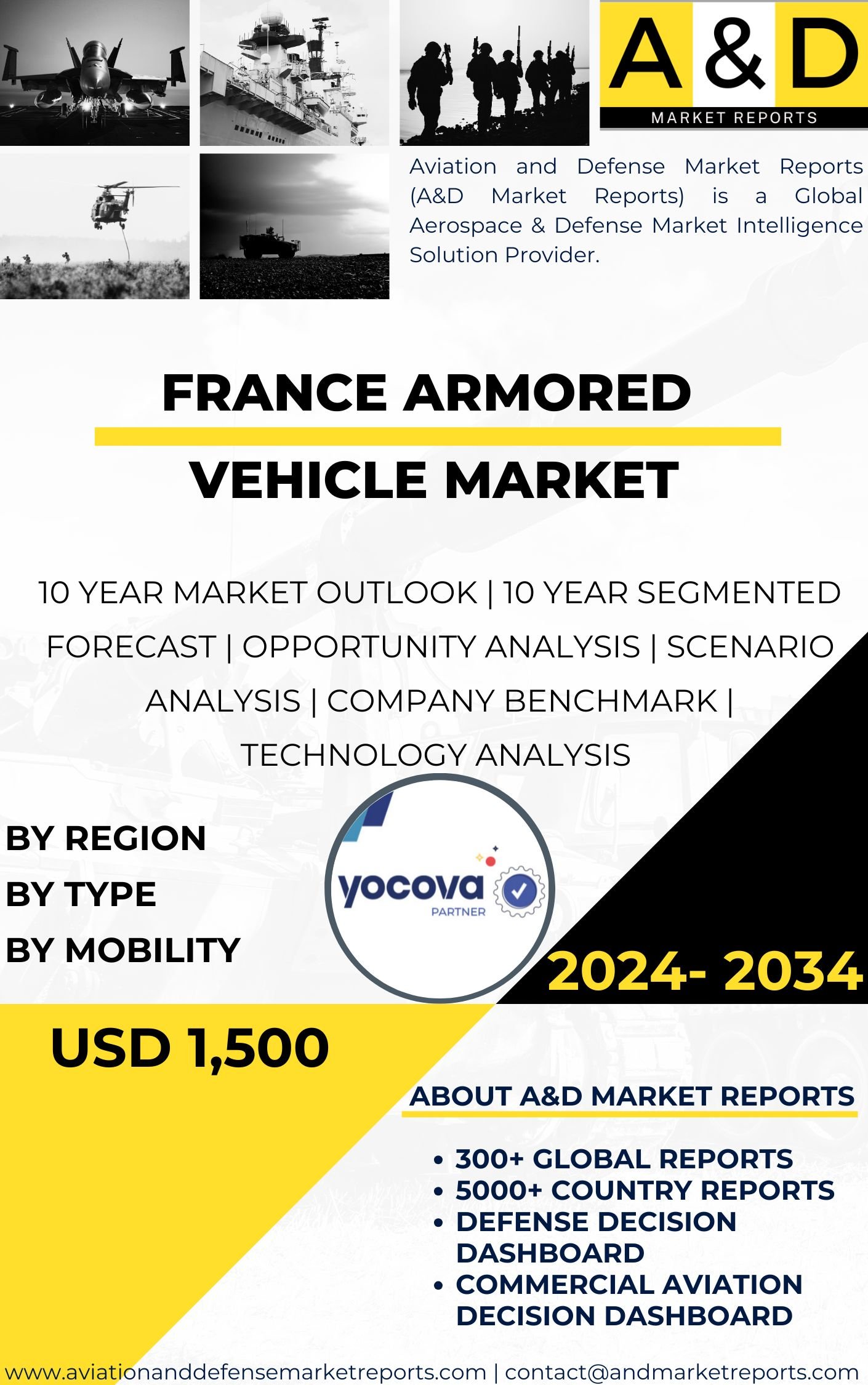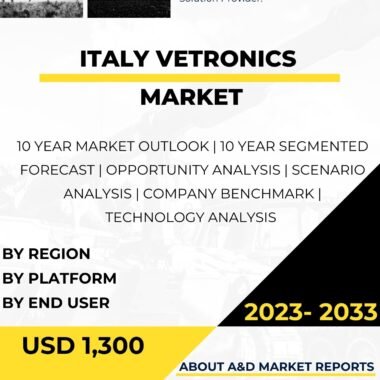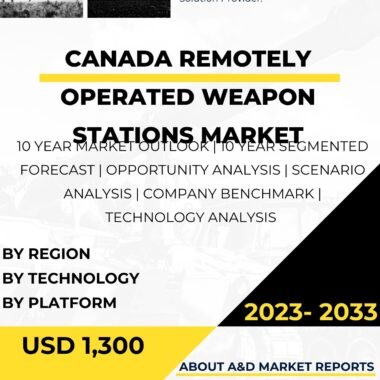Description
France Armored Vehicle Market
The France armored vehicle market is a crucial segment of the country’s defense industry, providing essential capabilities to its armed forces and supporting its defense modernization efforts. As a significant player in the global arms market, France has been actively involved in the research, development, and production of advanced armored vehicles to meet the evolving security challenges and ensure the protection of its military personnel during various operations. This essay provides an overview of France’s armored vehicle market, focusing on its significance, key players, technology advancements, applications, international collaborations, policy considerations, and future prospects.
The significance of France’s armored vehicle market lies in its role as a critical enabler of its land forces’ mobility and protection. Armored vehicles are versatile platforms designed to transport troops, engage adversaries, and withstand hostile threats, including bullets, shrapnel, and explosive devices. These vehicles play a crucial role in enhancing the operational capabilities and flexibility of the military, making them indispensable assets for modern land-based operations.
Key players in France’s armored vehicle market include government entities, defense companies, and research institutions. The French Ministry of Armed Forces, through its procurement agency, the Direction G?n?rale de l’Armement (DGA), oversees and coordinates the acquisition and development of armored vehicles for the country’s armed forces. Additionally, private defense companies like Nexter Systems, Renault Trucks Defense, and Arquus have been instrumental in the research, development, and production of advanced armored vehicles.
Technological advancements have been pivotal in shaping the growth of France’s armored vehicle market. Innovations in armor materials, ballistic protection, and survivability features have significantly improved the safety and effectiveness of armored vehicles in high-threat environments. Additionally, the integration of advanced communication systems and situational awareness technology enhances the vehicle’s capabilities to operate effectively on the battlefield.
The applications of armored vehicles in France are diverse and critical for various military operations. One of the primary applications is in providing troop transportation and support during combat operations. Armored vehicles allow the rapid deployment of infantry units to critical locations, enabling quick responses to emerging threats and enhancing the military’s operational flexibility.
Furthermore, armored vehicles play a pivotal role in peacekeeping missions and disaster response operations. Their ability to transport personnel and equipment in challenging terrain and hazardous environments makes them valuable assets in humanitarian and civil support efforts.
France’s armored vehicle market has also benefited from strategic international collaborations. The country has engaged in partnerships with other nations and defense industries to share technological expertise, collaborate on joint research and development programs, and facilitate the exchange of knowledge and resources. Such collaborations have strengthened France’s defense relationships and expanded the market reach for its armored vehicle technologies.
Policy considerations play a significant role in shaping France’s armored vehicle market. The country adheres to international regulations and arms control treaties concerning the production, export, and transfer of defense equipment, including armored vehicles. Additionally, national policies prioritize the development and deployment of advanced land-based capabilities to maintain France’s position as a global military power.
Looking ahead, the future prospects of France’s armored vehicle market are promising. As the security landscape evolves and modern threats continue to emerge, the demand for advanced armored vehicles with improved mobility, protection, and communication capabilities will increase. The French government’s commitment to modernizing its armed forces and investing in cutting-edge defense technologies will drive the demand for armored vehicles.
However, challenges remain for the market. One such challenge is the need for continuous research and development to stay ahead of evolving threats and improve the performance of armored vehicles. As adversaries develop new tactics and employ advanced weaponry, France must invest in cutting-edge research to ensure its armored vehicles remain effective and technologically advanced.
Moreover, ensuring cost-effectiveness and timely delivery of armored vehicles is crucial to meet the demands of both domestic and international customers. Streamlining production processes and optimizing supply chains are essential to maintain the market’s competitiveness and meet customer expectations.
To address these challenges and seize opportunities, France’s armored vehicle market must focus on continuous innovation and collaboration. Emphasizing the integration of advanced armor materials, communication systems, and survivability features will enable the production of more efficient and effective armored vehicles.
In conclusion, France’s armored vehicle market is a critical component of its defense industry, providing essential capabilities to transport and protect military personnel during various operations. Key players, technology advancements, applications, international collaborations, policy considerations, and future prospects all contribute to the market’s significance. The future prospects of the market are promising, driven by the increasing demand for advanced armored vehicles to address evolving security challenges and support France’s defense modernization efforts. By maintaining its focus on innovation, quality, and international cooperation, France can continue to strengthen its position in the global armored vehicle market.




